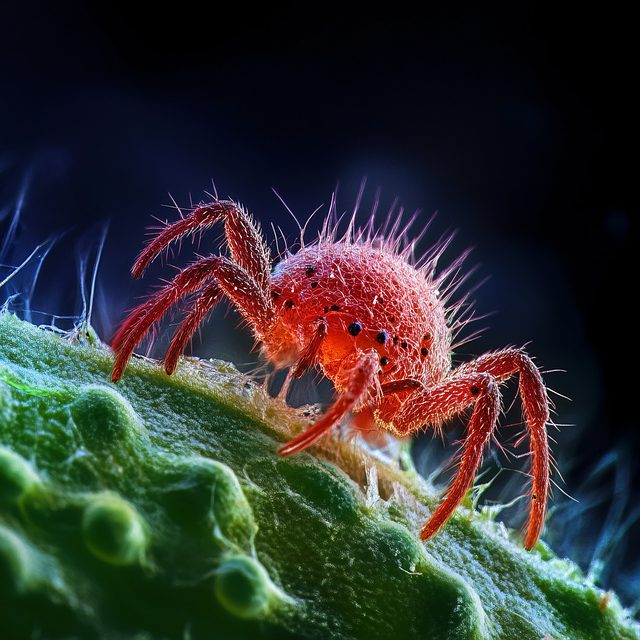Clover mites, tiny arachnids causing damage to homes and businesses, require swift action from professionals for effective management. Prevention services target their life cycle, while removal experts handle severe infestations using eco-friendly or commercial treatments. Early identification through visible leaf damage and flat, jerky movement is crucial, as these pests thrive in moist environments and are often hidden. Residential and commercial properties benefit from tailored plans focusing on clover mites prevention, treatment, and long-term protection.
Understanding the clover mite life cycle is key to effective management. These tiny invaders can cause significant damage to lawns and gardens, but with knowledge, you can fight back. This guide delves into the world of clover mites, helping you identify them, understand their lifecycle, and implement preventative measures. Learn about various management strategies, from eco-friendly solutions to professional extermination services, to tackle infestations in both residential and commercial settings.
Identifying Clover Mites: Knowing Your Enemy
Clover mites are tiny arachnids that can be a significant nuisance, especially in residential and commercial areas with lush greenery. These pests often go unnoticed until their presence leads to visible damage, such as stippling on plant leaves. Identifying clover mites is the first step towards effective management. Homeowners and business owners alike should familiarize themselves with these microscopic invaders to take prompt action.
Professionals in clover mites prevention services and removal offer valuable expertise in detecting and treating infestations. They employ eco-friendly clover mites solutions, ensuring safety while implementing comprehensive strategies that include residential clover mites treatment and commercial clover mites extermination. By understanding the life cycle of clover mites, these experts can design tailored plans to disrupt their breeding patterns and prevent future outbreaks, keeping spaces lush, green, and mite-free.
– Recognizing the clover mite
Clover mites are tiny arachnids that can be a significant nuisance in both residential and commercial settings. Measuring just 1-2 mm, these pests are often overlooked until they cause visible damage to fabrics, furniture, and even walls. They are particularly drawn to areas with high moisture content and are commonly found in kitchens, bathrooms, and basements. Recognizing the clover mite is the first step towards effective management. Their flat bodies, which resemble tiny bugs, and their tendency to move in a rapid, jerky motion can help in identifying an infestation early on.
While some may attempt DIY methods for clover mites prevention and removal, professional services are often required due to these pests’ hard-to-reach hiding spots and resistance to over-the-counter treatments. Eco-friendly solutions offer a safe alternative, leveraging natural predators and non-toxic chemicals to eradicate infestations without harming humans or pets. For severe cases, residential and commercial clover mites treatment should be left to experts who can provide tailored, long-lasting solutions, ensuring comfort and peace of mind for the affected areas.
– Common habitats and behaviors
Clover mites are tiny pests that thrive in lush, green environments, often infesting residential and commercial properties. They are commonly found in areas with dense vegetation, such as lawns, gardens, and landscapes, where they feed on a variety of plants, including clover, grass, and various shrubs and trees. These pests are particularly active during the warmer months, when they reproduce rapidly. Their tiny size allows them to go unnoticed until an infestation becomes severe, requiring professional clover mites removal services.
In terms of behavior, clover mites are known for their rapid movement and ability to spin silk webs, which they use to construct shelters in crevices and under debris. They prefer cooler temperatures and high humidity, which is why they often seek refuge indoors during the hotter parts of the day. This migration can lead to unexpected encounters with homeowners or business owners, prompting the need for effective clover mites pest control methods. Eco-friendly solutions are available for those seeking alternative approaches, but severe infestations may necessitate commercial clover mites extermination to prevent the damage these microscopic invaders can cause.
The Clover Mite Life Cycle: A Comprehensive Look
The life cycle of clover mites is a fascinating yet complex process that plays a significant role in their effectiveness as pests. These tiny arachnids go through distinct stages, from egg to adult, each with its unique characteristics and requirements. Understanding this lifecycle is crucial for implementing successful management strategies, especially when dealing with residential or commercial spaces.
Clover mites begin their existence as eggs, typically laid in clusters on the undersides of leaves. After a brief incubation period, the eggs hatch into nymphs, which resemble smaller versions of the adult mites. These nymphs undergo several molts as they grow, ultimately transforming into adults. The adult clover mites are most noticeable during the spring and summer months when they feed on various plant materials, including lawn grasses and ornamental shrubs. With professional clover mites prevention services or eco-friendly solutions, homeowners and commercial property managers can effectively disrupt this cycle, preventing infestations before they become severe.
Understanding the clover mite life cycle is key to effective management. By identifying these pests and recognizing their habits, homeowners and professionals alike can employ appropriate strategies, including eco-friendly solutions, to prevent and treat infestations. For severe cases, engaging professional clover mites removal services ensures a comprehensive and safe extermination. With the right approach, it’s possible to maintain a clover mite-free environment, whether in residential or commercial settings.
